ICSI ANNOUNCEMENT
We are excited to report that after much negotiation we are able to offer the Stallion of the Holsteiner Verband for the ICSI lab.
Contract applies – Booking fee only to start – payment only on grade 1 or 2 embryos.
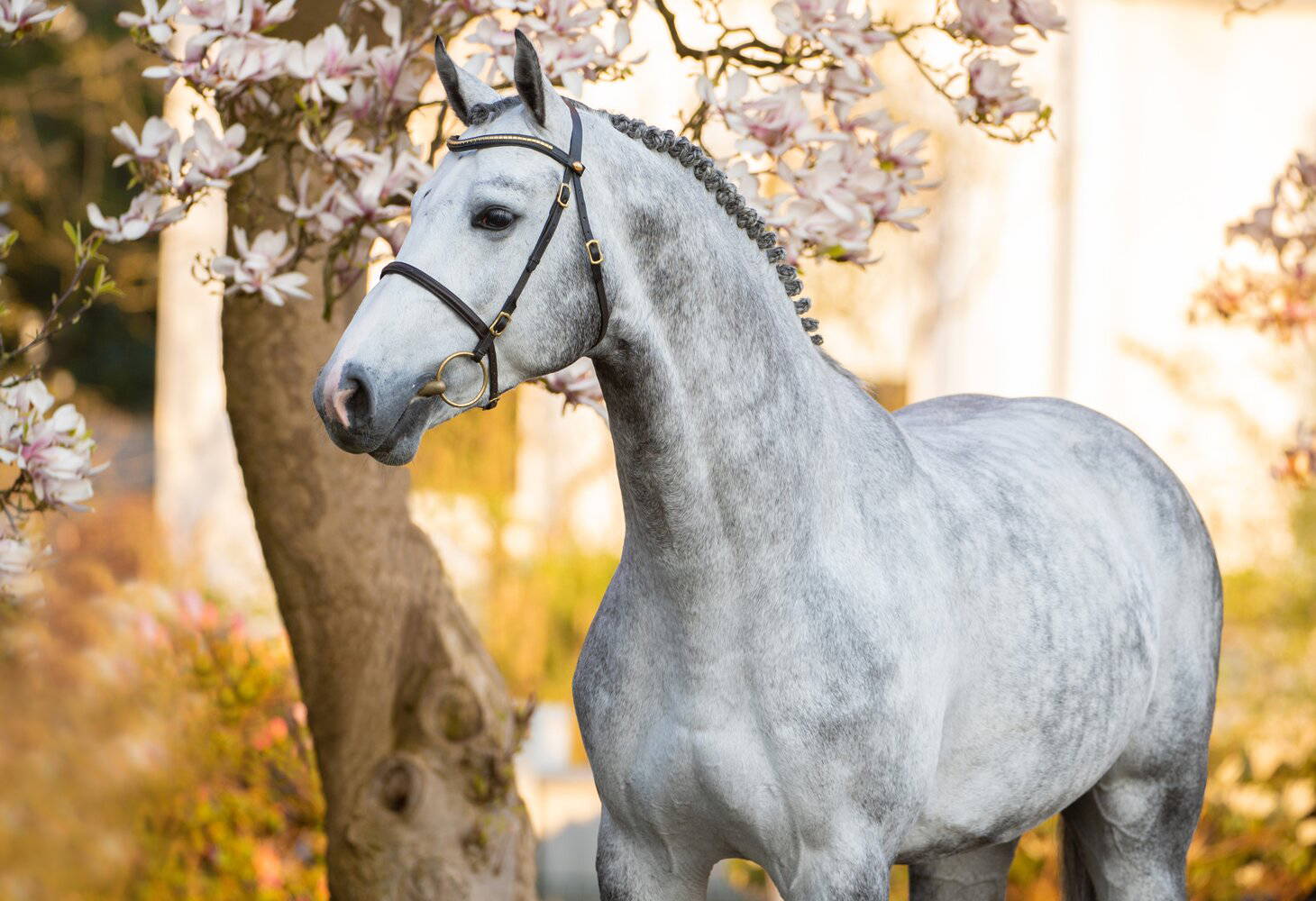
The Stallions now available are;
- Crack
- Clarimo
- Clearway
- Casall
- Cassini 11
- Catch
- Corfu de la Vie
-
Connor
-
Chezarro
-
Cahil
-
Charaktervoll
-
Dinken
-
Daikon
-
Diarado
-
Deichkind
-
Dubliner
-
Goldball
-
Larimar
-
Lasino
-
Million Dollar
-
Millions Way
-
Quantum
-
Uriko
-
United Way
-
Unlimited
-
Zuccarello
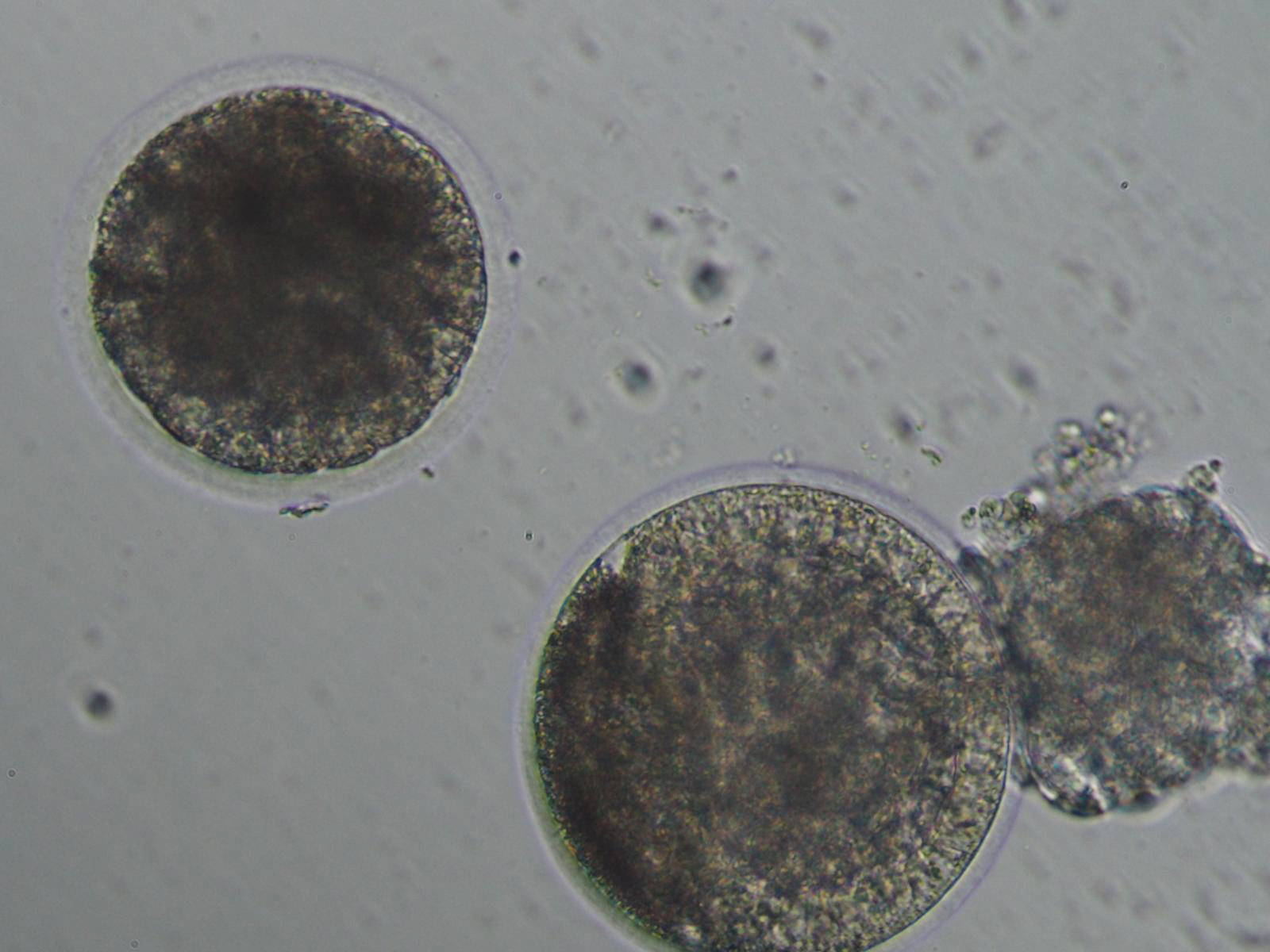
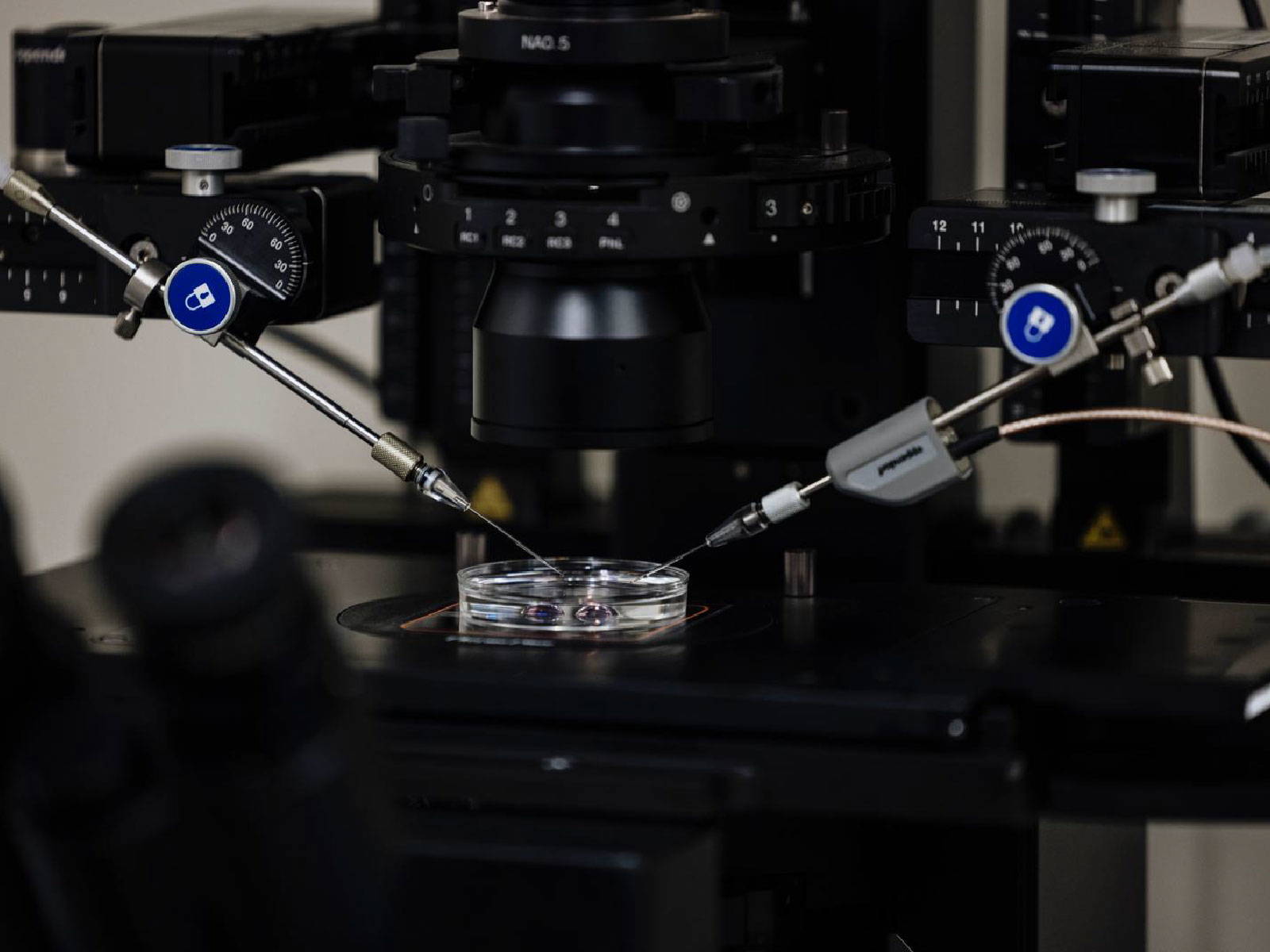
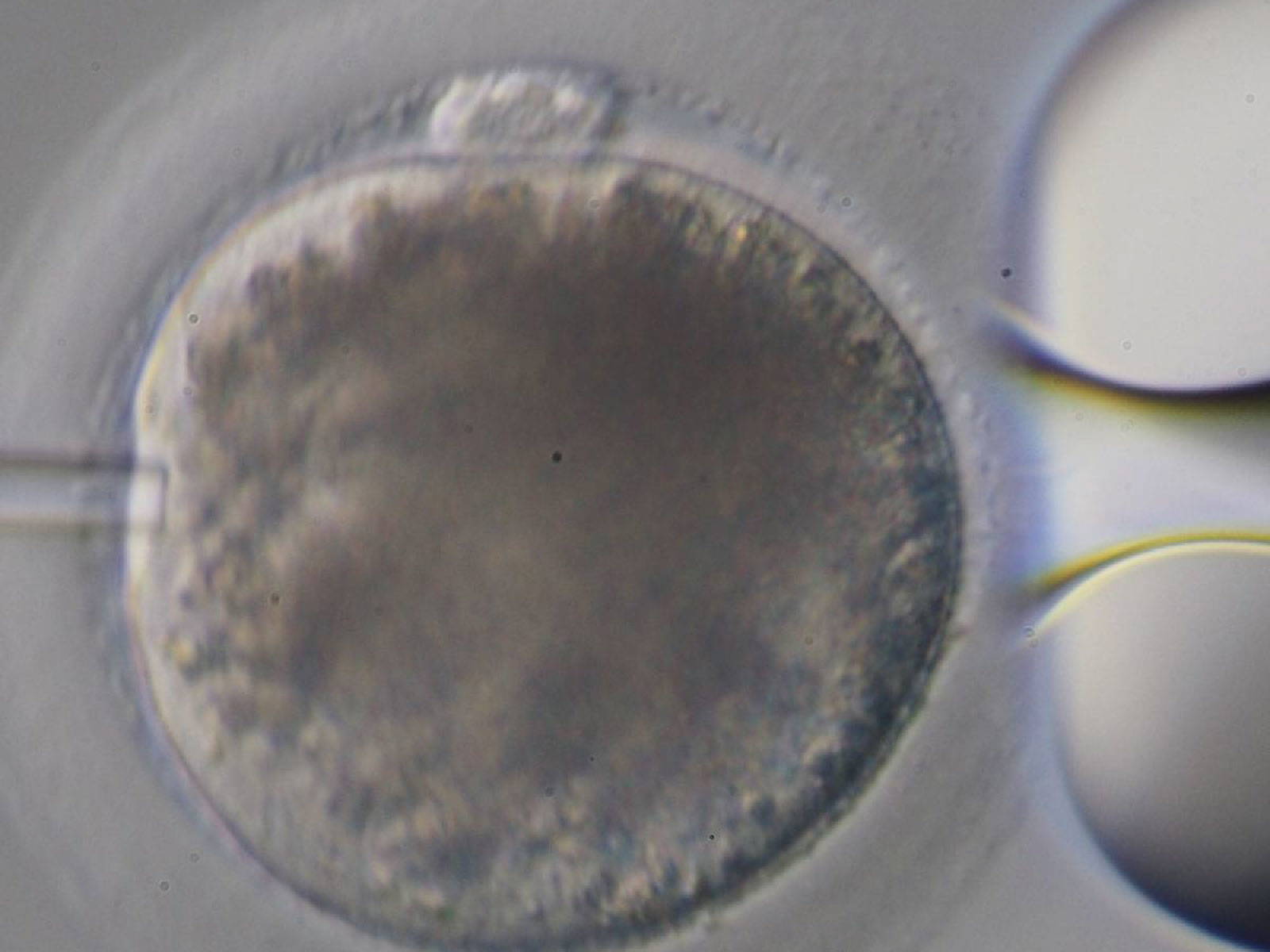
FAQ’s
Is Equibreed now part of MVS matamata?
MVS EquiBreed is owned by Matamata Veterinary Services and they provide the AI, ET, recipient herd and stallion services.
What is equibreed ART?
EquiBreed ART is a separate company owned by Dr Lee Morris and her husband, Newlands. The ART stands for Advanced Reproductive Technologies.
Explain ICSI to us in simple terms?
Intracytoplasmic Sperm Injection – ICSI- involves the injection of a sperm into an egg to create an embryo in the laboratory. It is used as a fertility treatment in humans.
What services do you now provide?
- ART www.equibreedart.com
- OPU (Ovum Pick Up)
- ICSI (intracytoplasmic sperm injection)
- Embryo freezing, storage and thawing
- Frozen semen agent for VDL, GFE and Van Olst Horses
- Advanced fertility feed supplements –
- Sperm-Mate
- In-Preg-Mate
- Broodmare Plus
- Advanced breeding supplies like othe iUPOD – a hormone free treatment to stop mares cycling
- Sperm filters
- Vetmotl sperm separation device to improve fertility
- Specialist consultancy services
- Research in equine reproduction
What is the difference between flushing an embryo and retrieving it by way of OPU?
When you flush an embryo from a mare the fertilisation has occurred in the mare and the embryo is recovered 7-8 days later. The whole process takes about 2 weeks, during which time the mare comes into season, is managed with hormones, inseminated and monitored closely for accurate ovulation timing. Normally there is a 50-70% chance of recovering an embryo from each cycle, depending on the type of semen used and the fertility of the mare. This option is only available during the breeding season.
OPU (ovum pick up) is a method of recovering multiple unfertilised eggs from the mare’s ovaries during a 90minute standing procedure. The mare is sedated and an ultrasound guided needle is inserted into the ovary, the follicles are flushed with sterile fluid and the eggs are then fertilised and cultured in the lab until they become embryos suitable for transfer or freezing – the process takes 9-12 days. There are no hormones given to the mare and so it can be performed all year round.
What are the risks associated with ICSI?
With any breeding program there are risks of not achieving an embryo. For both methods of producing embryos the vet performs a rectal procedure and there is some risk of damage to the rectum and the mare getting sick. The OPU procedure is a more highly skilled procedure that only trained veterinarians should undertake. It involves inserting a needle into the ovary, so this poses an extra risk of infection. The mares are managed with sedation, analgesia, bute and antibiotics.
Is ICSI for everyone?
No, it is just one of a suite of choices that breeders can make to suit their breeding program. OPU/ICSI is used in fertility programs in humans and so it also works well for mares that are old, sub-fertile, busy in competition, want to produce multiple embryos or to use stallion semen that is limited in supply. We can also create embryos from mares at the time of death, which could provide a silver lining in a sad situation.
When is the best time of year for ICSI?
All year is possible – However there can be detrimental effects of heat stress observed in January.
Is an embryo made by the mare and flushed into a recipient a better or different from an ICSI embryo?
There are thousands of ICSI embryos being created and transferred all over the world – in Europe, USA and NZ. Breeders are using this technology to breed their best horses so some very flash horses are being produced. The horse is very good at selecting good quality embryos and carrying a foal to term, so once the foal is born there have been no differences in reported in foal health. If there is a problem with the embryo quality produced by either method, it will not usually develop into a foal.
Are all stallions able to be used for ICSI?
You need to check with the stallion owner / semen agent to confirm if the semen is authorised for use in ICSI. ICSI can be useful for stallions with limited semen available or as a fertility treatment for some stallions.
EquiBreed Art
+64 2142 1744
www.equibreedart.com
399 Parklands Rd, RD 1
Te Awamutu 3879
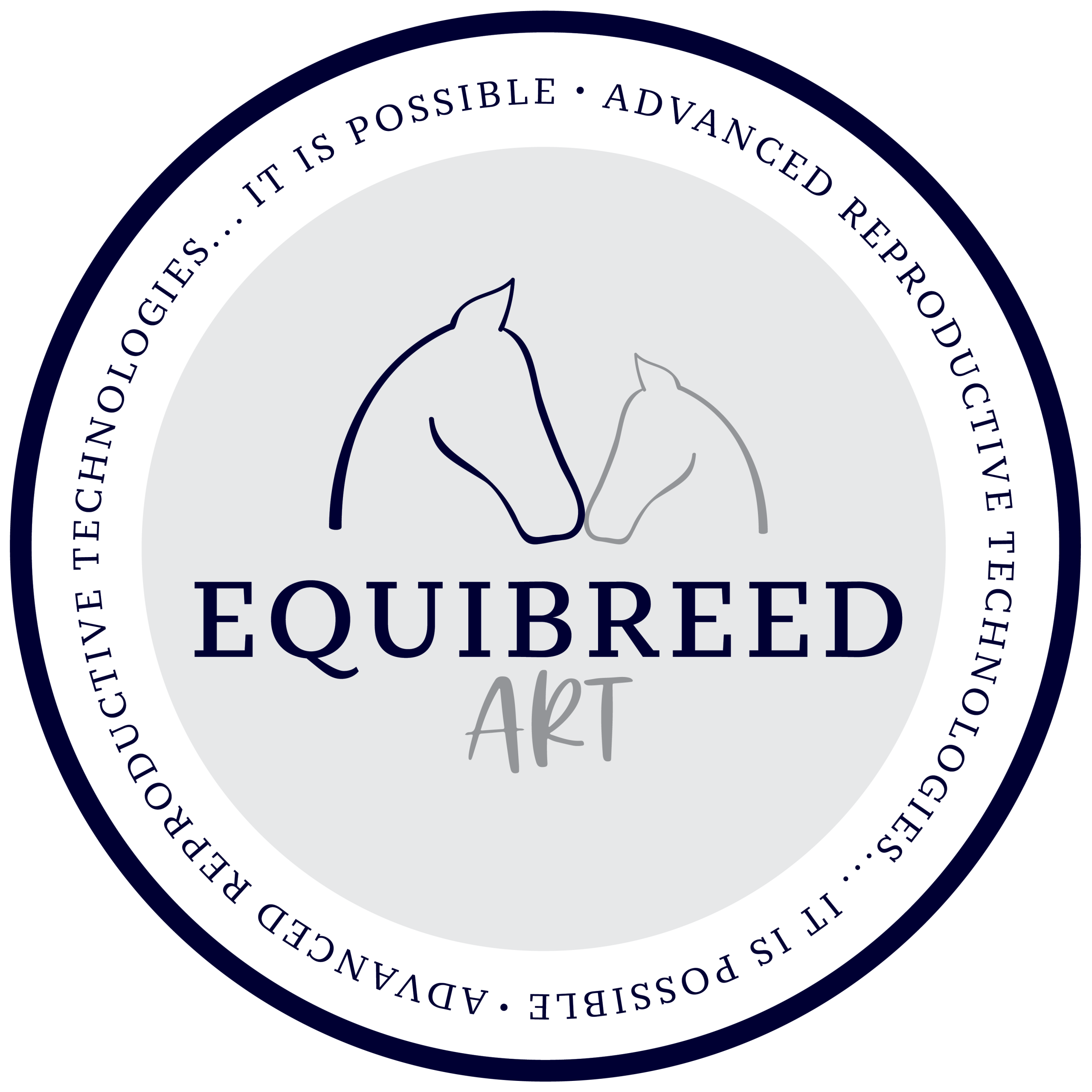
ALL NZ SPORT HORSES
P. 027 241 4566
E. info@allnzsporthorses.co.nz
ALL NZ SPORT HORSES
P. 027 241 4566
E. info@allnzsporthorses.co.nz
© 2018 – 2020 All NZ Sport Horses – Allander Acres | CryNZ | Little Annie’s
Website By Glu Group
